ECB President Christine Lagarde said in a blog post that policymakers think of financing conditions in a “holistic and multifaceted way”.
A “holistic” approach means taking a perspective that “covers the entire transmission chain”,. It starts from the “upstream” stage, the risk-free interest rates and sovereign yields. And it ends in the “downstream” stage, the financing conditions for companies and households seeking funding in the capital markets or via bank loans. A “multifaceted” approach allows policymakers to “study each indicator in its own right”, and ensures a sufficiently granular perspective.
Recent join assessment of the evolution of financing conditions and the inflation outlook concluded that “there was a risk that the repricing in long-term bond yields could be inconsistent with offsetting the negative pandemic shock to the projected inflation path.”
She warned, “a sizeable and persistent increase in market-based interest rates, if left unchecked, could translate into a premature tightening of financing conditions for all sectors of the economy at a time when preserving favourable financing conditions still remains necessary to underpin economic activity and safeguard medium-term price stability.”




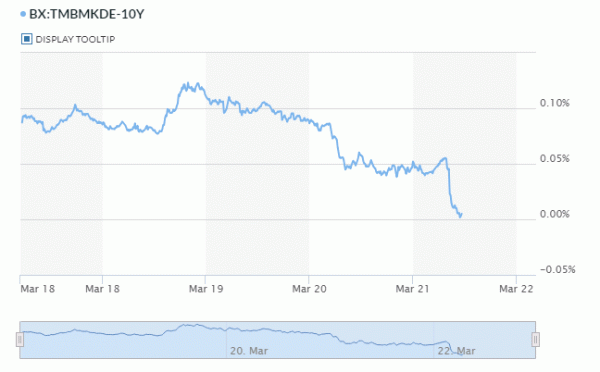
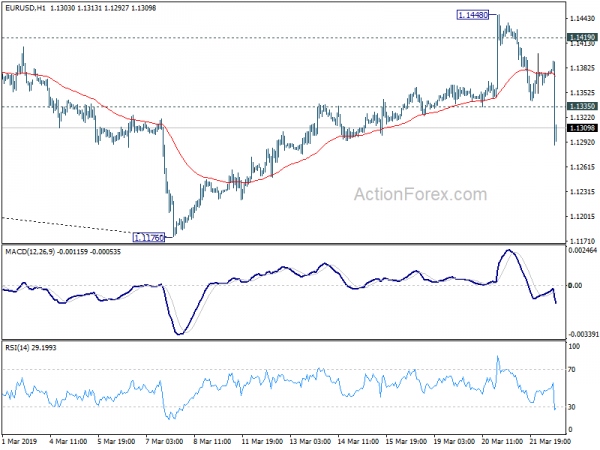
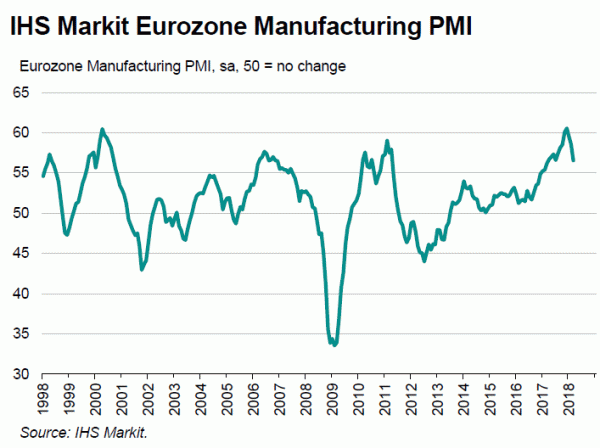
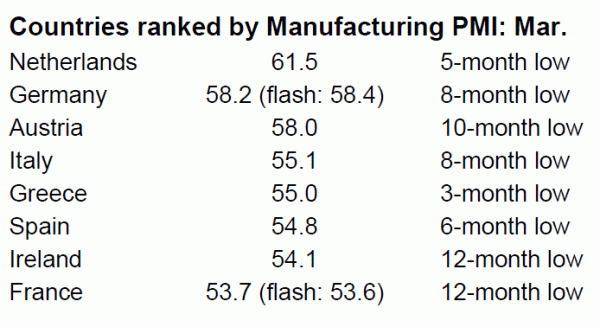
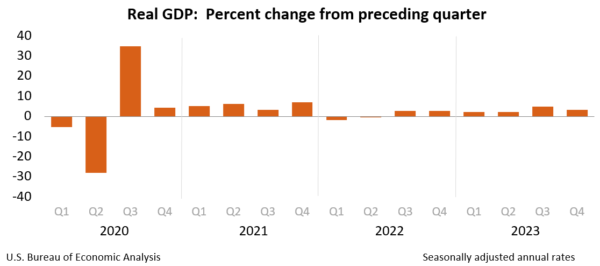
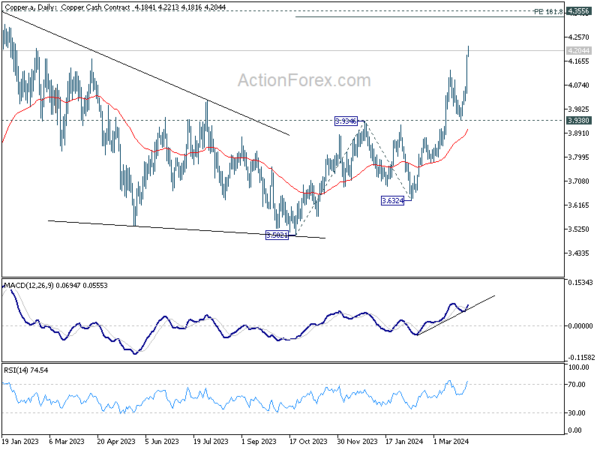
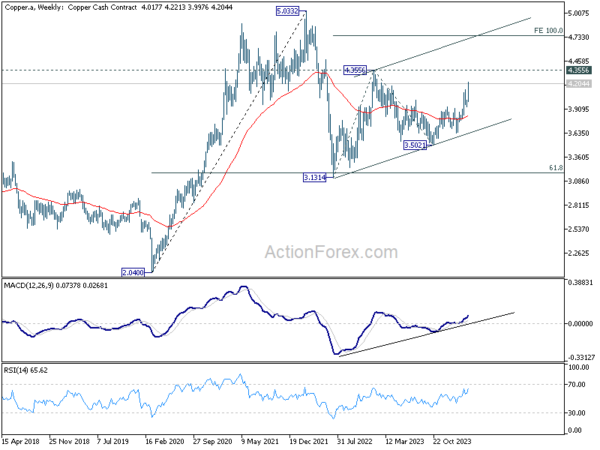
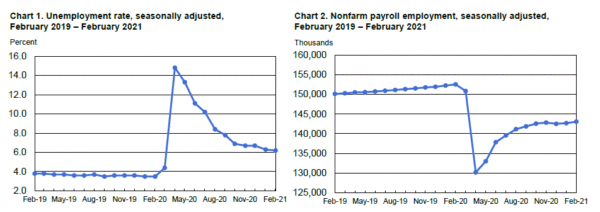
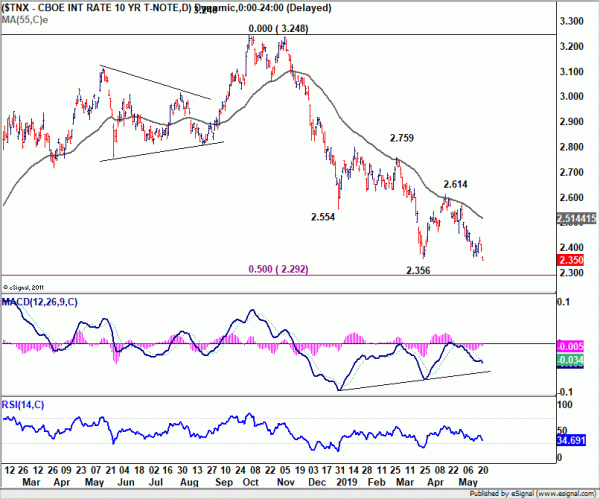
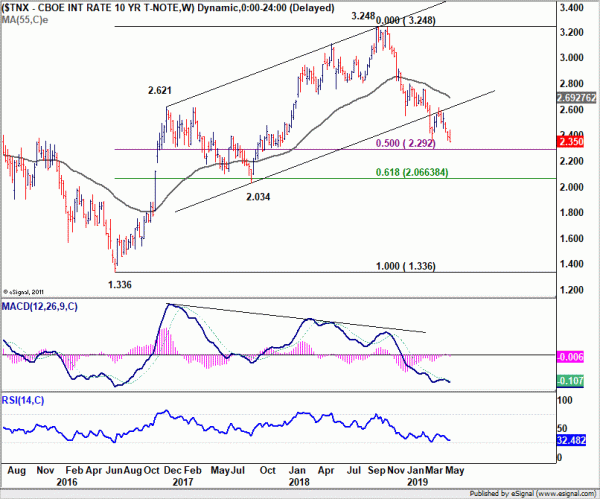
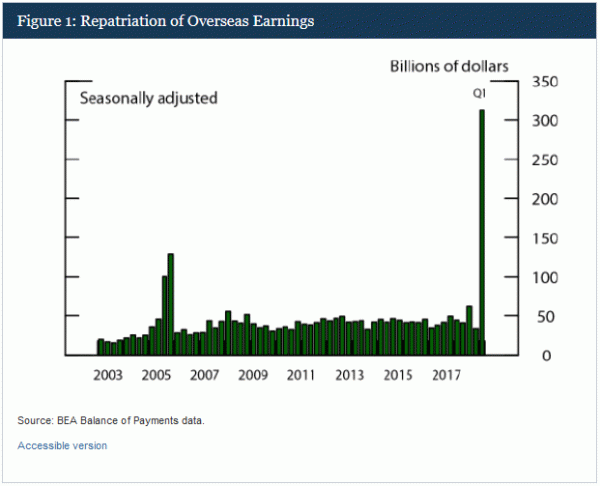
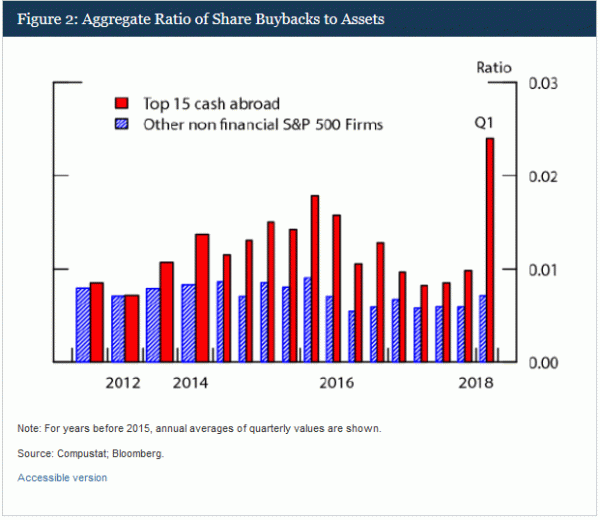
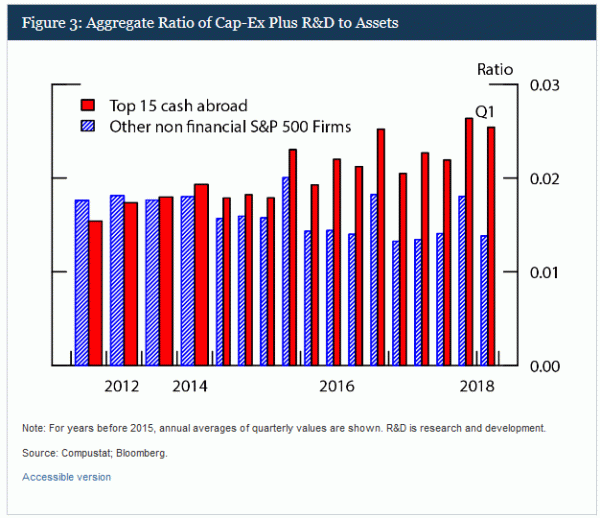
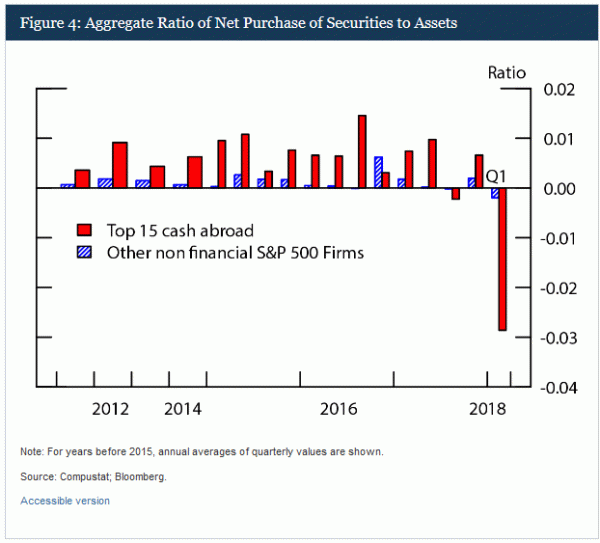
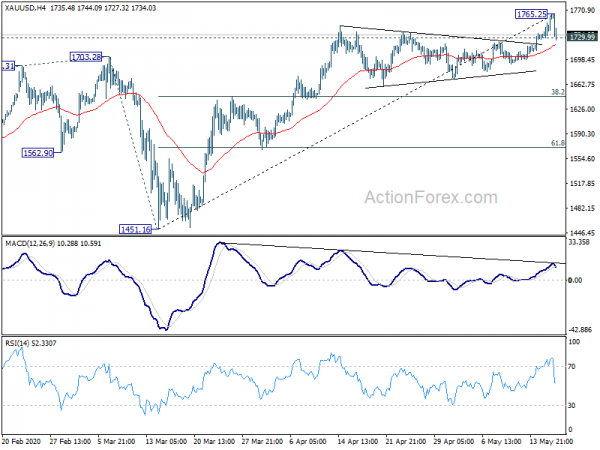
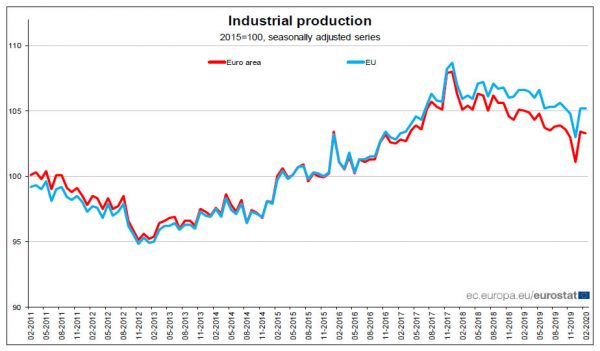
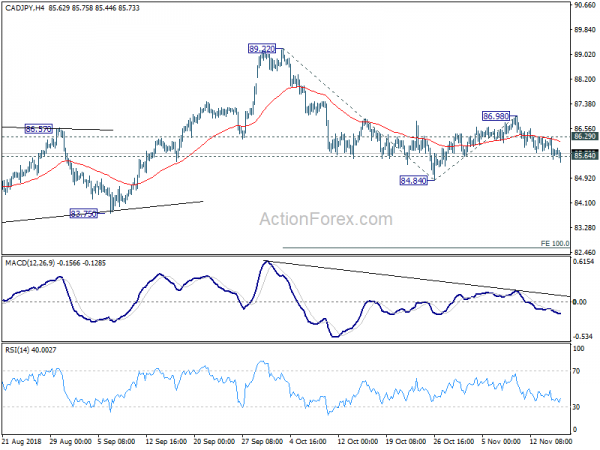
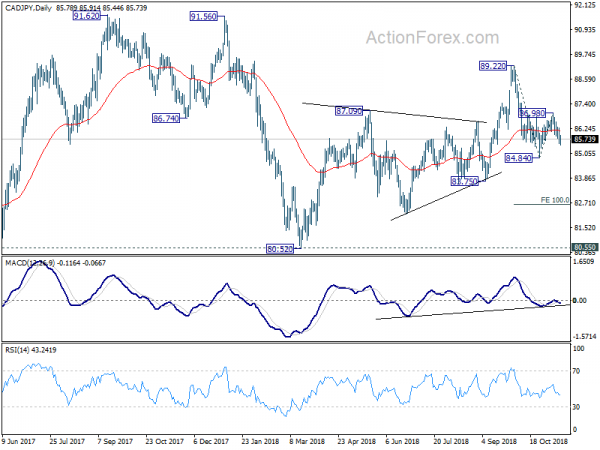

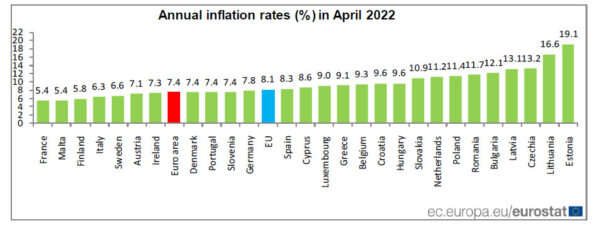

China Dec trade balance: Massive -35.8% yoy fall in US imports; exports and imports contracted most since 2016
China posted a set of very disappointing trade data today. Exports and imports posted biggest contraction since 2016. More importantly, imports from the US dropped a massive -35.8% yoy in the month. But for the year, trade surplus with the US hit a record high.
In USD terms in December,
Staying in December,
For the year as a whole,
Link to China customs department data, in simplified Chinese.